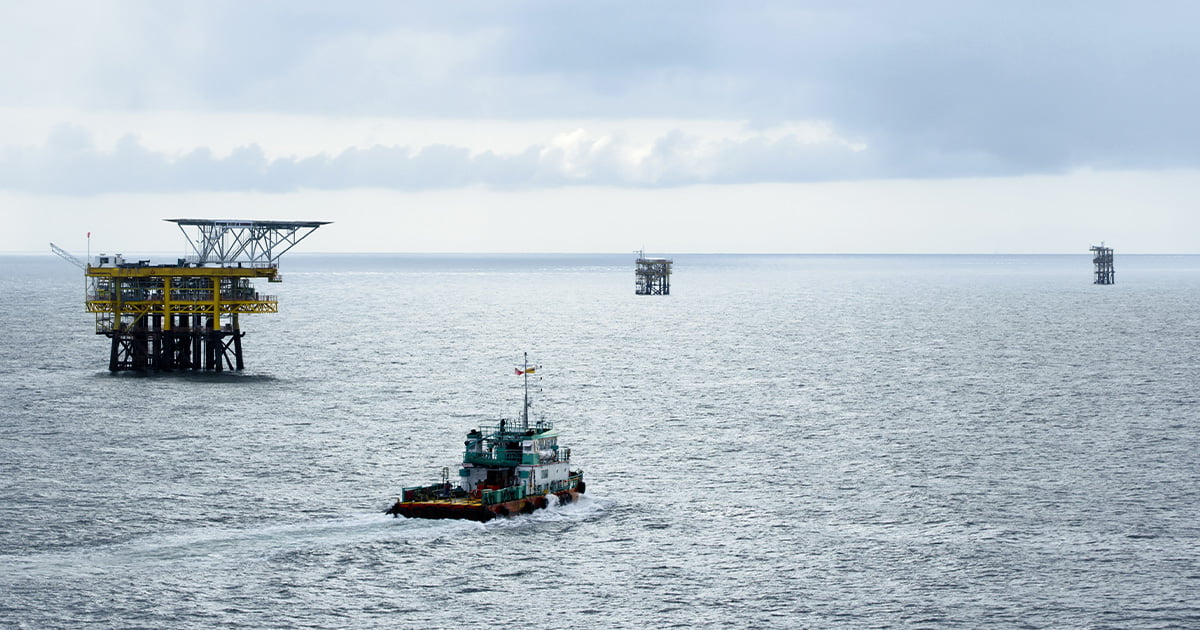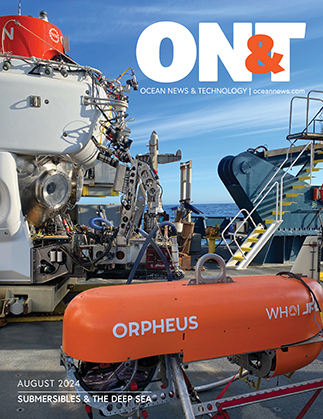In November, phase 2 of the project will entail testing the framework by including more offshore vessel types and gathering more data.
As the offshore industry is looking to decarbonize, DNV and partners including RWE, Vattenfall, Ørsted, Scottish Power Renewables, DEME, Cadeler, Jan De Nul Group, Ziton, Van Oord, Heerema, GustoMSC, Maersk Supply Service, Atheloen and Fred. Olsen Windcarrier have, in phase 1, agreed on a framework for foundation installation, wind turbine installation, and cable laying vessels. With clearly defined operational modes and reporting parameters, the EMRED JIP aims to standardize decarbonization reporting and increase transparency within the industry.
The framework will now be tested through phase 2, expanding the project to include various vessel types related to the offshore segment. Phase 2 invites companies involved with platform supply vessels (PSV), anchor handling tug supply vessels (AHTS), standby vessels, service operation vessels, crew service operation vessels (SOV/CSOV), and subsea support vessels to participate.
Arnstein Eknes, Segment Director for Special Ships, DNV said: “Partners of the EMRED JIP are collaborating to improve transparency, defining how emissions and associated service work can be reported for offshore vessels. To decarbonize the offshore segment, we as an industry, need deeper insight of operational modes and where measures will have the highest impact for a field developer or field operator. The inclusion of these diverse vessel types will provide a broader representation of the offshore sector and contribute to standardizing data reporting. As the industry faces a need to decarbonize in alignment with multiple stakeholder ambitions, we aim to make emissions reporting more accessible and transparent which also stimulate our industry efficiency.”
Peter Staal, Lead PL QHSE Manager, Østed said: “Ørsted is thrilled to be an active participant in our joint industry partnership dedicated to creating an emission baseline for the logistical industry. It’s inspiring to witness the collaboration and commitment from diverse stakeholders working towards a sustainable future. By collectively establishing these crucial benchmarks, we are not only fostering transparency but also paving the way for innovative solutions that will undoubtedly drive positive change in our industry.”
Jan Schanke-Jørgensen, COO, Fred. Olsen Windcarrier said: “It is positive and inspiring that the offshore industry takes the challenges in GHG emission recording and establishment of baseline activities into a forum where not only the industry itself can benefit but also the authorities like IMO and EU can be guided on the framework needed in the future to reduce GHG emission. Rules like CII is expected to be introduced to the offshore segment, and we might just be at the helm of the process, getting a system that works for the industry.”

